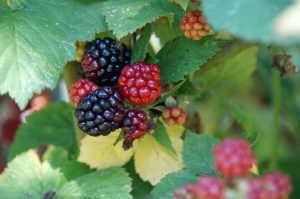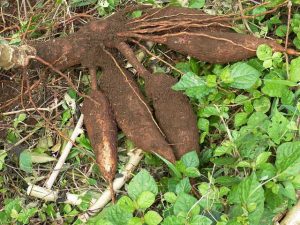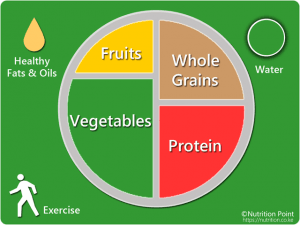Gooseberries are small oval berries that are indigenous to Europe and parts of Asia. They’re however now scattered and can be found in many more places, including Africa and North America.
The gooseberry plant is mostly found growing in bush under other vegetation. The small berries depending on the variety can be green, yellow, red to purple or white in colour. The flavour also varies with variety with some being sweet while others bitter.
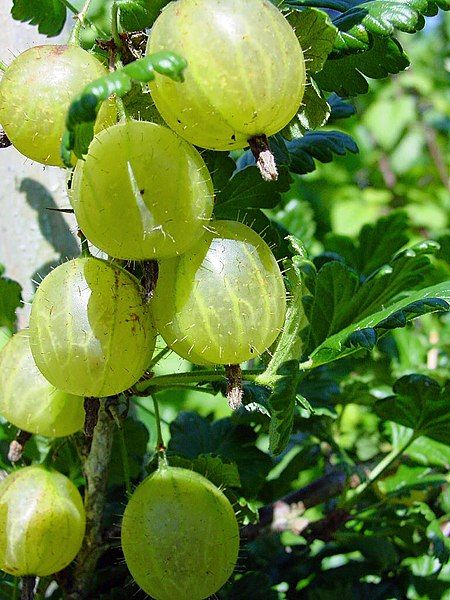
This gooseberry is often confused with the Cape Gooseberry which gets its name from South Africa’s “Cape of Good Hope” though the plant is actually native to the Andean Region (Peru, Chile).1 Hence, it’s also known as Andeberry, Peruvian groundcherry (or simply Groundcherry), Goldenberry and Physalis from its scientific name Physalis peruviana.
This berry has a golden yellow colour and on the inside it has a juicy pulp with many small yellowish seeds. It’s usually eaten fresh, but in some places like India it’s also used to make good quality jam which they call Amla Jam. Other than in jam, it’s also available as dried fruit and in juices.1
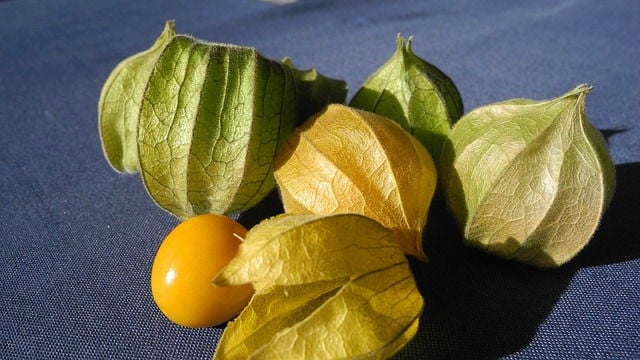
This variety produces superior quality fruit and is reportedly cultivated in many parts of the world including Kenya, S. Africa, India, Egypt, and New Zealand just to mention a few.2
Nutrient Content of Cape Gooseberries
Like most fruits, gooseberries are a good source of vitamins, minerals, fibres, and antioxidants.
For instance, in the cape gooseberry, a study reports that the values of vitamin C and A (beta-carotene) are directly proportional to the ripeness stage of the fruit, which is to mean the riper they are, the higher the values. Other factors include origin, growing conditions etc.1
Gooseberries also have significant amounts of phenolic compounds like phenolic acids and flavonoids.1
Health Benefits of Cape Gooseberries
1. Good Source of Vitamin C
Cape gooseberries are a good source of vitamin C. This value may however vary with varieties, cultivars, and ecotypes used in cultivation.
Nevertheless, they provide adequate vitamin C and for instance the cape gooseberry content (2 -50 mg per 100mg) is comparable to that of other common fruits (mango: 15 – 36mg, orange: 50mg per 100g) but lesser compared to that of guavas.1
Vitamin C is the most abundant water-soluble antioxidant in the body. Vitamin C is essential for preventing scurvy, while its antioxidant properties prevent cancer through the action of scavenging against free radicals and reactive oxygen species.1
Vitamin C is also known to enhance the immunity system of the body.4
2. Phenolic acids and flavonoids
Cape gooseberries contain significant amounts of phenolic acids and flavonoids which are believed to play important roles in the prevention of cancer (by inhibiting tumour promotion and progression, scavenging free radicals).1
3. Vitamin A (Carotenoids)
Cape gooseberries contain little amounts of vitamin A which are in the form of carotenoids that give them the characteristic yellow-orange colour. Vitamin A is important in maintaining healthy skin and mucus membranes, and it’s needed for good vision.
4. Fibre
Cape gooseberries are also a good source of soluble and insoluble fibres.
Fibre is a crucial part of any healthy diet that often gets left out and should be incorporated in our diet whenever possible. Fibre helps to keep your digestive system healthy and is said to lower the risk of chronic diseases including cardiovascular diseases, type 2 diabetes, obesity and certain gastrointestinal diseases.5
5. Potassium
The Cape gooseberry has a high content of potassium when compared to other fruits. Potassium plays important roles in the body such as helping maintain normal blood pressure by counteracting the effect of sodium, regulating movement of substances in and out of body cells and helping muscle contraction.
REFERENCES
- Health-promoting compounds in cape gooseberry (Physalis peruviana L.): Review from a supply chain perspective (Available at: https://www.researchgate.net/publication/308486818_Health-Promoting_Compounds_in_Cape_gooseberry_Physalis_Peruviana_L_Review_from_a_supply_chain_perspective)
- Studies on production potential of cape gooseberry (Physalis peruviana L.) in sodic soil under varying agronomic manipulations (Available at: http://www.ansfoundation.org/abstract/abstract8167)
- USDA National Nutrient Database for Standard Reference: Nutrient Data for Gooseberry Raw
- Vitamin C and Immune function (Available at: https://www.ncbi.nlm.nih.gov/pubmed/19263912)
- Health Benefits of Dietary Fibre (Available at: https://www.ncbi.nlm.nih.gov/pubmed/19335713)
